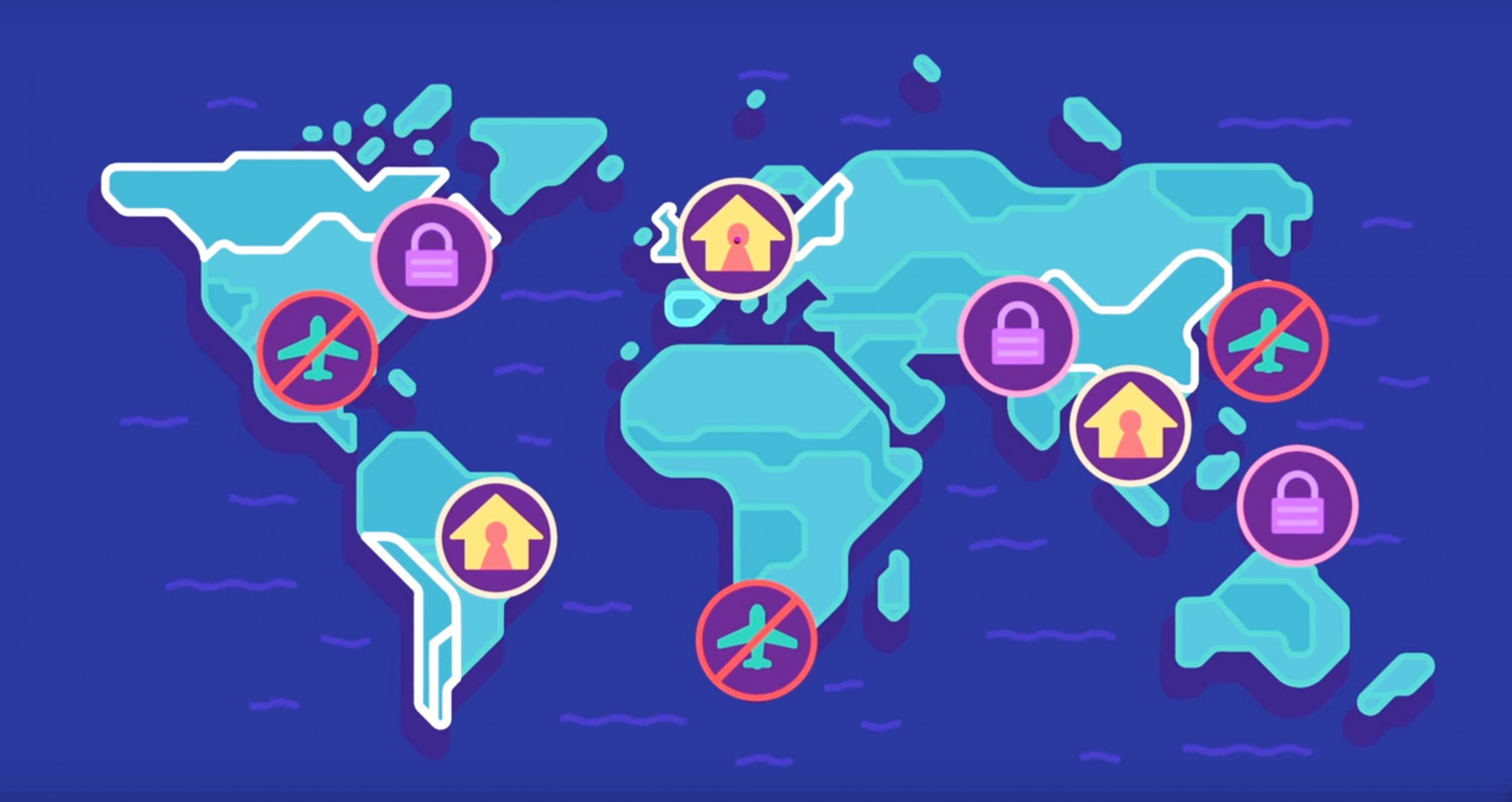Please note: This page is a compilation of faculty media mentions. For up-to-date information on Georgia Tech's response to coronavirus (COVID-19) please see http://health.gatech.edu/coronavirus.
COVID-19 has sent many to seek out the latest information and ask questions about the spread of the virus in Georgia and whether initial sources of the coronavirus in the state can be tracked.
Georgia Tech College of Sciences faculty continue to share insights and expertise in news reports focused on the topic:
Joshua Weitz on viral spread modeling
GPB Political Rewind: A Closer Look At Georgia's Outbreak Numbers
Joshua S. Weitz is a professor of biological sciences at the Georgia Institute of Technology and founding director of the Quantitative Biosciences Ph.D. program at Georgia Tech. He was part of a Political Rewind panel that included Atlanta Journal-Constitution Editor Kevin Riley, and Dr. Mark Rosenberg, former CEO of the Task Force for Global Health.
Weitz: “We are connected, and we’re connected in the sense that the steps individuals take to social distance from others to try not to get infected also reduces infection that could affect other people. That really is the core idea of what we’ve done in terms of these models of the epidemic’s spread.”
Read more and listen to the show on GPBnews.org.
M.G. Finn on the difficulty of viral source tracking
The first coronavirus cases were confirmed in Georgia just a few weeks ago, but Governor Brian Kemp thinks the illness was in the state long before that.
M.G. Finn said backtracking to find the earliest cases of this specific virus could be very challenging. Finn is a professor and the chair of the School of Chemistry and Biochemistry at Georgia Tech.
"Imagine if you're looking at a smooth lake and somebody throws a single rock into the lake and you see the waves come out, it is very easy to track those waves back any you will know exactly where the rock landed," Finn said. "The problem now is that it is raining pebbles."
Read more and watch on 11Alive.
Daniel Cornforth, James Gurney, Joshua Weitz lend expertise to a widely watched coronavirus video
Kurzgesagt – In a Nutshell: The Coronavirus Explained & What You Should Do
Daniel Cornforth, James R. Gurney, and Joshua S. Weitz from Georgia Tech’s Center for Microbial Dynamics and Infection helped inform this instructional video, which illustrates how COVID-19 attacks and how to slow its spread. To date, the video has 20 million views.
Joshua Weitz on the mathematics of crowds and viruses
National Geographic: See why keeping groups small can save lives in the era of COVID-19
Why are large events so dangerous in a pandemic? Just look at the math: As COVID-19 cases increase across the U.S., the risk of exposing members of a group to the virus goes up exponentially with event size, according to Georgia Institute of Technology biologist Joshua Weitz.
Weitz says that the increased risk strongly justifies recent efforts to limit event sizes. Testing delays in the U.S. have further compounded the issue by obscuring the disease’s true prevalence.
“Things have moved fast (as they do in epidemics),” Weitz says in an email. “We should be physically distancing whenever feasible.”
Read more at National Geographic.
Related Stories:
- Follow @GTSciences on Twitter for more news and stories
- Crowds, Vaccines, Climate Comparisons: Sciences Faculty Share COVID-19 Insights, Expertise with Media
- Truckloads of Personal Protection Equipment Donated for Healthcare Workers
- Do-It-Yourself Medical Devices & Protective Gear Fuel Battle Against COVID-19
- Simple, Low-Cost Ventilator Builds on Available Resuscitation Bags
Media Relations Assistance: John Toon (404-894-6986) (jtoon@gatech.edu).
For More Information Contact
Jess Hunt-Ralston
Director of Communications
College of Sciences
Georgia Institute of Technology



